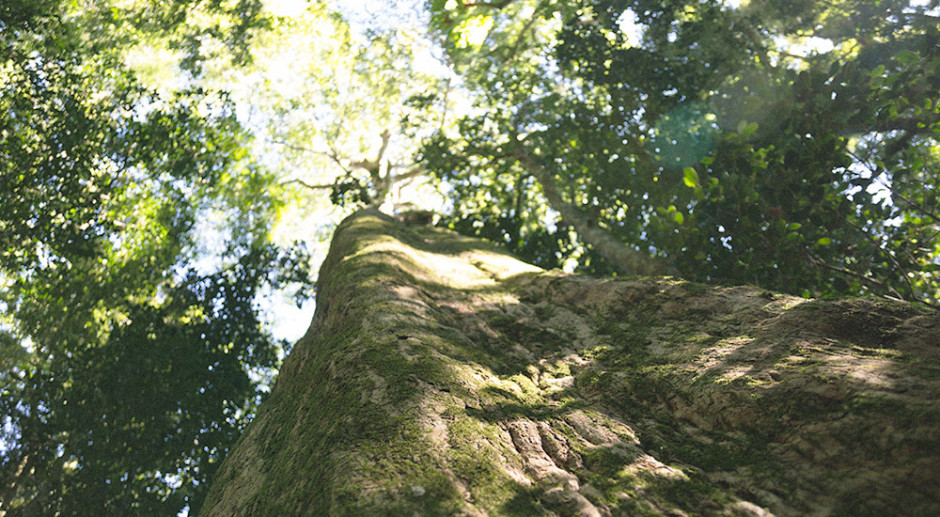
What is nature connectedness?
“…consistent states of awareness that unite symbiotic thoughts, feelings and direct experiences into traits supporting everyday actions that nurture and respect our interrelatedness with the rest of nature.” (adapted from Zylstra et al 2014)
‘Nature connectedness’ combines worldviews, embodied experiences and place-based relationships as part of an individual and collective (community-referenced) identity formation that is rooted in ecocentric belonging.
This definition (left) intends to acknowledge the fundamental traits which may comprise it without specifying what those traits may be. A sense of connection is very personal thing and there can be no ‘one size fits all’ approach – however we do need some evidence-informed beacons to help is navigate this journey toward perceived ‘reconnection’.
I would suggest that one fundamental prerequisite is that these traits embody a realization (a ‘re-membering’) of the relatedness with the rest of nature such that it reflects a sense of responsibility, agency and reverence for all life. Ultimately, we need to able to see and feel non-human nature as a shared community within which we all belong.
Some common attributes associated with “nature connectedness” (e.g. when described in literature) include: inclusiveness; relatedness; belonging; interconnectedness; wholeness; inquisitiveness; aliveness; thankfulness; experiential interaction; happiness; and continuity (over contexts). So nature connectedness may also be conceived as the extent to which persons perceive, feel, experience or enact these attributes. A brief summary of nature connectedness is captured in the video below. For a detailed exploration of the concept see our 2014 article “Connectedness as a Core Conservation Concern” published in Springer Science Reviews.



